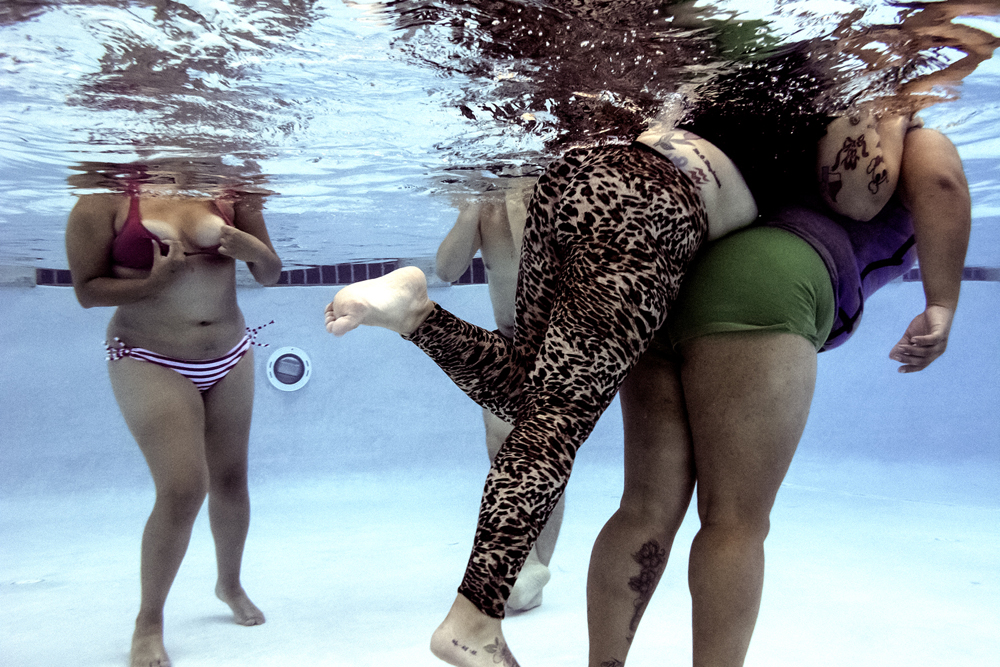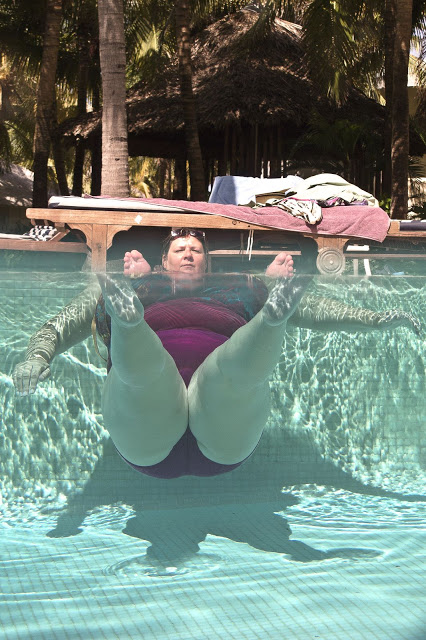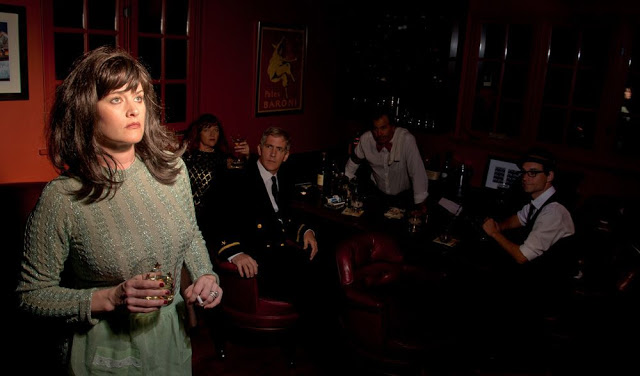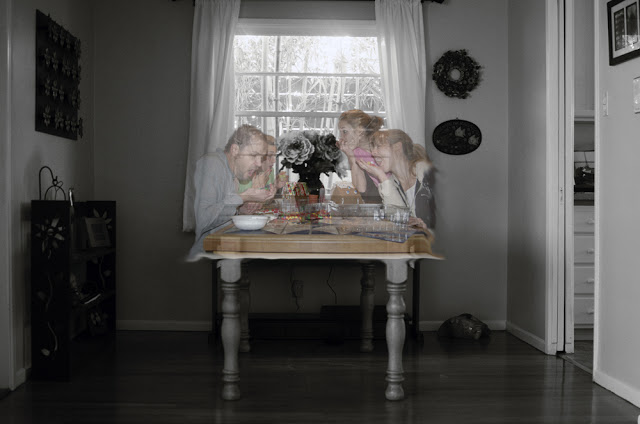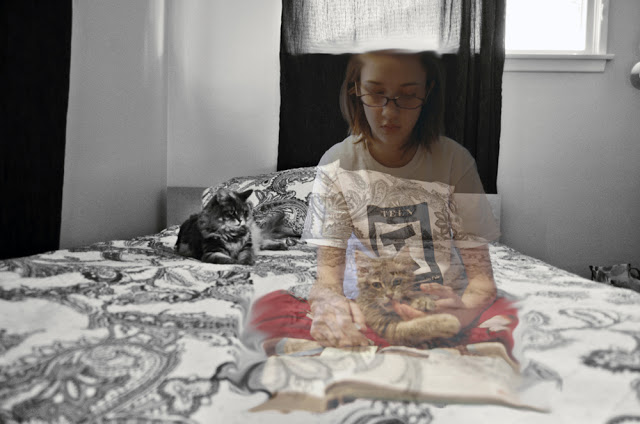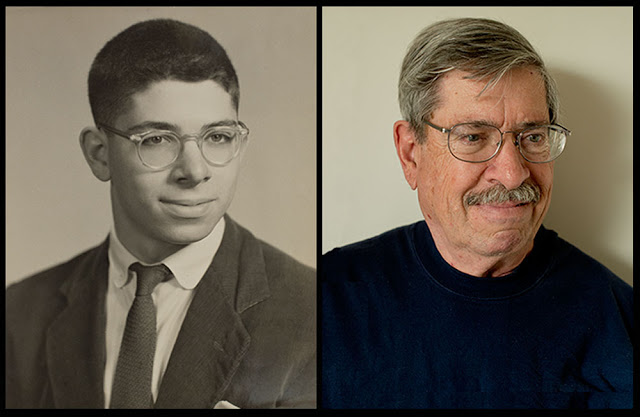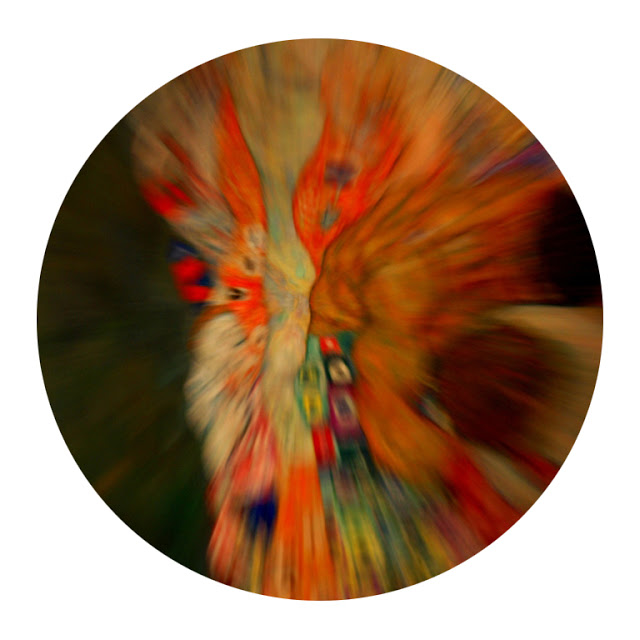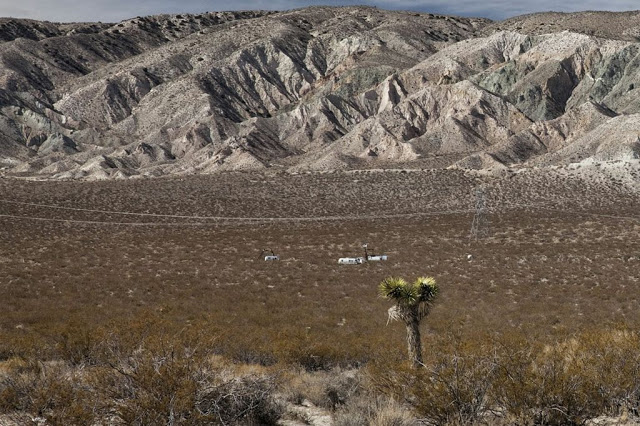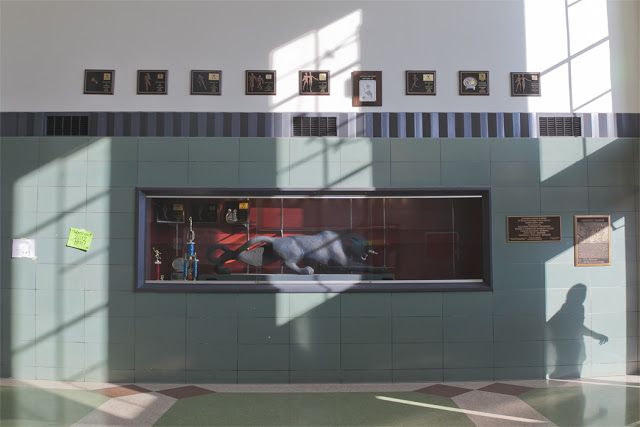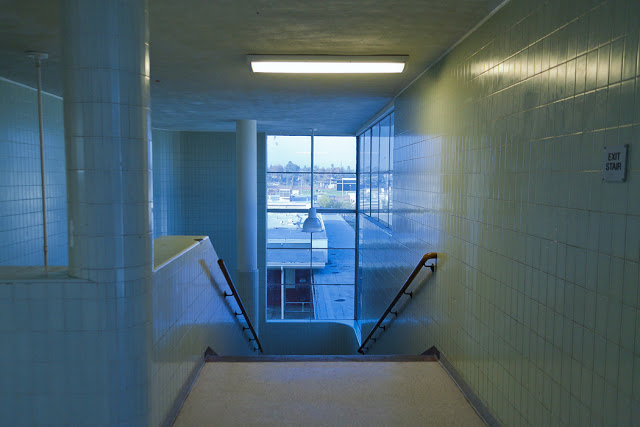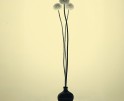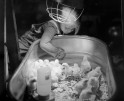Opening this Saturday at the
Julia Dean Gallery (at the Julia Dean Workshops) in Hollywood, sixteen photographers will be presenting work in
Alchemy + Entity. I am so proud of these image makers, all who have been with me as students for the past year. What I appreciate about their projects is that the work comes from personal places, exploring worlds and ideas that are within their own universe. I also recognize that all of these photographers come to class each week after a full day of work or care taking, with lives that barely leave room for sleep, much less creating photographs. But each person has set aside time for their artistic selves. I would like to congratulate these wonderful photographers, as they emerge into the fine art landscape, filled with heart, enthusiasm, and the understanding that being an artist takes commitment, time, and hard work.
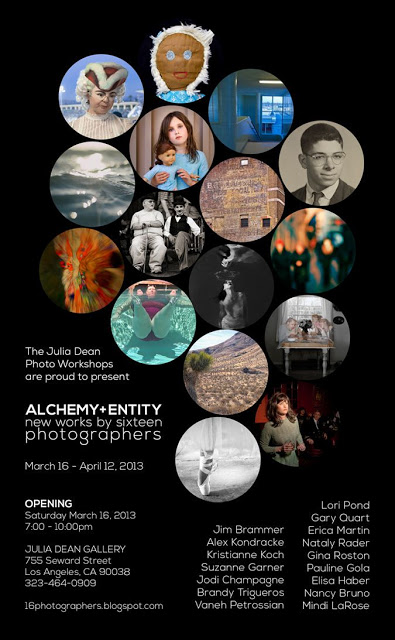
Erica Martin photographs young girls with their look alike dolls. In this series, Martin presents images of contemporary American girls, exploring her constant themes of age and identity. The girls dress themselves and their doll avatars, looking at the camera with a self possession and clarity of identity belying their years, on the cusp of adulthood at age seven, simultaneously innocent, hopeful, and wise.
Pauline Gola’s underwater series, In The Deep, explores water’s ability to distort light and form. She creates a personal language in these liquid aberrations, allowing her to express emotions and experiences through gesture, light, and movement. By capturing split-second moments in a foreign and typically unseen environment, she hopes to shine a light on unheard and complex realities.
Alex Kondracke knows that swimming pools change everyone’s behavior. In the pool you’re free; you can jump, float, practically fly, attack your sister, jump on that buff guy or pull down your girlfriend’s bikini bottom. It’s cool; you’re in the pool. No one can really see what’s going on anyway because for some reason; no one is watching, right? Wrong. The real show is below the surface.
Brandy Trigueros‘
Unassigned explores what the world might be like if we could shamelessly borrow the best traits from the opposite gender.By replacing the face—an obvious gender identifying trait—with a mask of its opposite, she’s questioning perception and prejudice.


The romantics believed that being on the open ocean gave you a sense of nearing the eternal; it was the closest to the sublime that you could experience. Ten years ago, Kristianne Koch took a month long, 3200 mile passage across the Pacific Ocean-through the Inter-tropical Convergence Zone and across the equator. She learned a lot on that trip, a new sense of awareness and made her realize that life doesn’t stop at the shoreline, that the unthethered, liquid life has a power and a mystery that is incredibly profound. As she looks out to sea from the edge of land, she longs to get back to the open ocean to continue this deep enlightenment. Her images express the romantic beauty and mystery that draws her to this elusive and remote area of the world.


Elisa Haber’s new series, Cheviot Dream, explores aspects of voyeurism in storytelling through her theatrically staged color photographs. With a cinematic aesthetic, Haber captures desire and fulfillment, and the lack thereof, in her scenes from everyday life, past and present. The timeless narrative evokes a longing for a lost past or a more optimistic future.
Nataly Rader portrays the sensation of energy expressed through light and color in her series, Dreaming in Prague. She creates an essence of a sensation that she discovered while taking photos of the city’s skyline through stained glass windows. The different contours and textures of the stained glass allowed light and focus to reach her camera in new ways.
Mindi LaRose blends life with children and life without in her series, Empty Nest. Using black andwhite photography layered with color, her thoughtful work contrasts a new and quieter life with the vibrant memories of past.
Suzanne Garner’s Remnants focuses on the historical and faded advertisements that sit on the sides of buildings in urban landscapes. These glimpses of previous times are often unseen and unnoticed, revealing the past and present as they co-exist. It is her desire to capture these unique cultural expressions before they disappear, as they not only provide an insight in to commerce, but now are manifestations of quiet beauty.


As a mother and photographic artist, Gina Roston is acutely aware that we are living in a culture of mass production and consumption, with little reverence for things that have craftsmanship and history. Lately, she finds herself returning to the qualities of earlier times, where less is more, quality reigns over quantity and where things like the “rag doll” are cherished once again and enjoyed by generations. It’s because of this that she has been revisiting treasured toys from her childhood and acknowledging the profound sense of personal history that they afford her.

Jim Brammer explores the beauty of the human body in motion through the art of dance in Beautiful Ballerinas. The perfection of that art is personified in the splendor and aplomb of the ballerina. The dramatic shapes of modern ballet are at once graceful, elegant, sensuous and visually compelling.
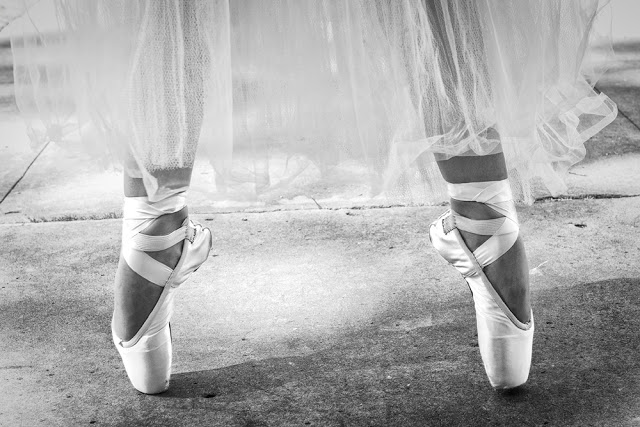
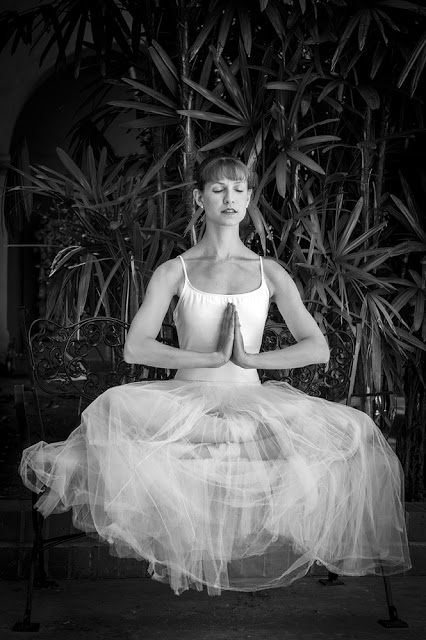
Lori Pond’s Then and Now is a multimedia time lapse project that looks at how we age. The images show physical deterioration and the inevitable promise of mortality. However, what ultimately shines through is each person’s unchanging spirit of life.
Documentary photographer, Jodi Champagne, has created a typology of benches, Waiting on a Friend, as reminders of lives mostly gone unnoticed. Presented in a huge grid, this exploration of life on the streets, is a typology of people sitting still as life hurries by.
Metamorphose is the exploration of Vaneh Petrossian’s passion for art, paintings in particular. She interprets an artistic expression through her own imagination and feelings. “I always tend to find movement and motion in a static image. It’s the way I make connections with a piece of artwork and see it anew. These photographs reflect and reveal my own visual interpretation of the beauty of art.”
Gary Quart thinks we rarely take time to see the see the small, isolated structures in large and empty vistas. Often observed through a car window, we miss what is obvious to the slowed down eye. Gary explores those isolated and innocuous places that become lost in the landscape.
Fifteen years after photographer Nancy Bruno discovered her adoption papers, she has found the courage to explore all the emotions and feelings that come with adoption and the not knowing. Using photography to mark this profound process of searching and finding, searching and not finding, of defining who she is, where she came from, and where she is going is a journey of self discovery and self acknowledgement that I feel compelled to take by walking in the footsteps of a mother and father she has never known.









